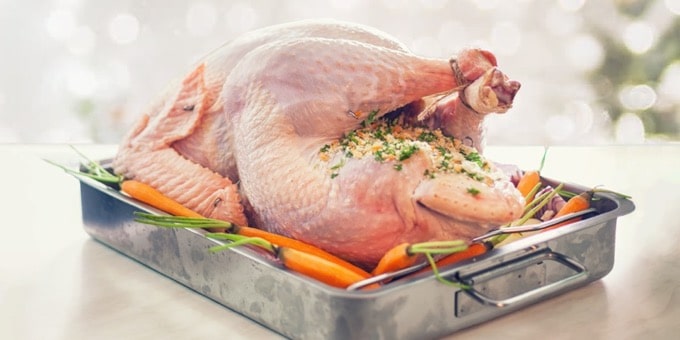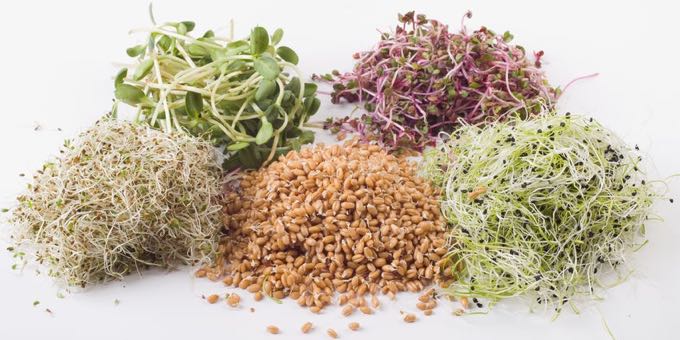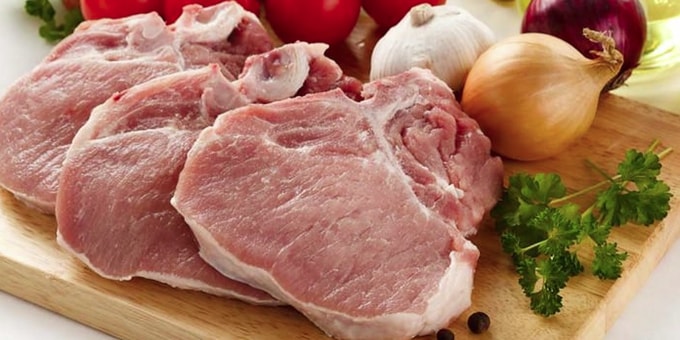TURKEY BUYING & THAWING TIPS
For many this is not your first time in the turkey buying arena. These tips are for everyone, but for those who are at the beginner level you’ll find them oh, so helpful.
FRESH OR FROZEN?
Fresh or frozen depends on the time have from purchase to prep. Fresh may cost a little more, while frozen takes time to thaw. If choosing frozen there are three ways to safely thaw your bird:
REFRIDGERATOR
This method takes the longest time, around 24 hours for every five pounds. Make sure to leave in in the original wrapping, breast side up in a pan to catch any drips. You can safely keep your thawed turkey in the refrigerator for up to two days before cooking.
COLD WATER
Thawing this way takes about 30 minutes for every pound. With the original wrapper on, put your turkey in a large plastic bag that is thick enough to not leak. Remove as much air as possible, then seal the bag. Fill your sink or a bucket with cold water and place the turkey in with the breast side down. You may need to place a plate with heavy object on top of the bird to keep it completely submerged. Replace the cold water every 30 minutes or so. When thawed this way you will want to cook your bird immediately after it’s thawed.
MICROWAVE
As you can imagine, this is the quickest method for thawing, but it is important that you have the manual that come with your microwave to see the suggested time it will take. Different brands of microwaves have different powers setting and cook times. Make sure to remove any metal (clips or tags) that may be on the original packaging and place in a microwave safe dish to catch any drips. Thoroughly clean out your microwave after thawing to keep it free from any from of cross contaminants. Cook immediately after thawing.
LABELING CHOICES
Turkey buying today offers you several choices. The ones listed below are the main labels you will find and what the label actually means.
NATURAL
Pretty much like the name says. This turkey will have no added flavors, salt, rubs, or brines. Choosing a “natural” labeled turkey allows you to flavor your bird exactly how you like.
CAGE FREE OR FREE RANGE
Means your turkeys was raised in a way where they were allowed to roam free for at least some part of the day.
HERITAGE
This terminology describes turkey breeds that have met the standards set by the American Poultry Association. Basically, these turkeys are closer to the indigenous wild breeds from long ago like the pilgrims may have eaten. They’re quite a bit pricier than the commercially bred turkeys, but many savor the deeper flavor.
SELF-BASTING
This type of turkey has had the meat injected with a flavored solution that help add moisture during the cooking process. You won’t need to brine and baste, but you also loose control over how the meat tastes.
KOSHER
Kosher means the turkey has been brined with kosher salt during processing. Brining helps the meat retain moisture. This also means you should not use a dry rub or salted brine when you cook it, as that will make it possible too salty.
HOW BIG?
Figure approximately 1 pound of turkey (whole turkey with bone in) per person if you’re not looking for leftovers or have lots of side dishes. If you can’t think of not having leftovers, or if you have big eaters, figure about 1½ pounds of turkey (whole turkey with bone in) per person.
The chart below is based on adult guests and includes with or without leftovers.
| GUESTS | LEFTOVERS | NO LEFTOVERS |
|---|---|---|
| 2 to 4 | 3 – 6 pounds | 2 – 4 pounds |
| 6 to 8 | 9 – 12 pounds | 6 – 8 pounds |
| 10 to 12 | 15 – 18 pounds | 10 – 12 pounds |
| 14 to 16 | 21 – 24 pounds | 14 – 16 pounds |
| 18 to 20 | 27 – 30 pounds | 18 – 20 pounds |
| 22 to 24 | 33 – 36 pounds | 22 – 24 pounds |
SHOPPING
When shopping for your turkey it is always a good idea for you to shop in a store that has a knowledgeable staff in the meat department. Viking Village Foods has qualified butchers that can answer any questions you may have – they know how to talk TURKEY!











